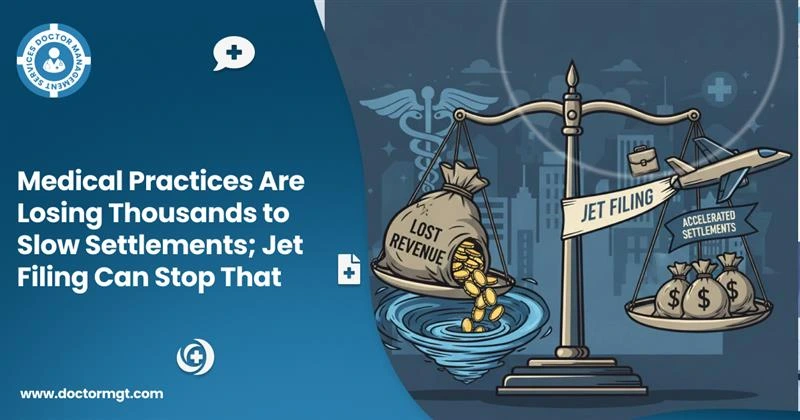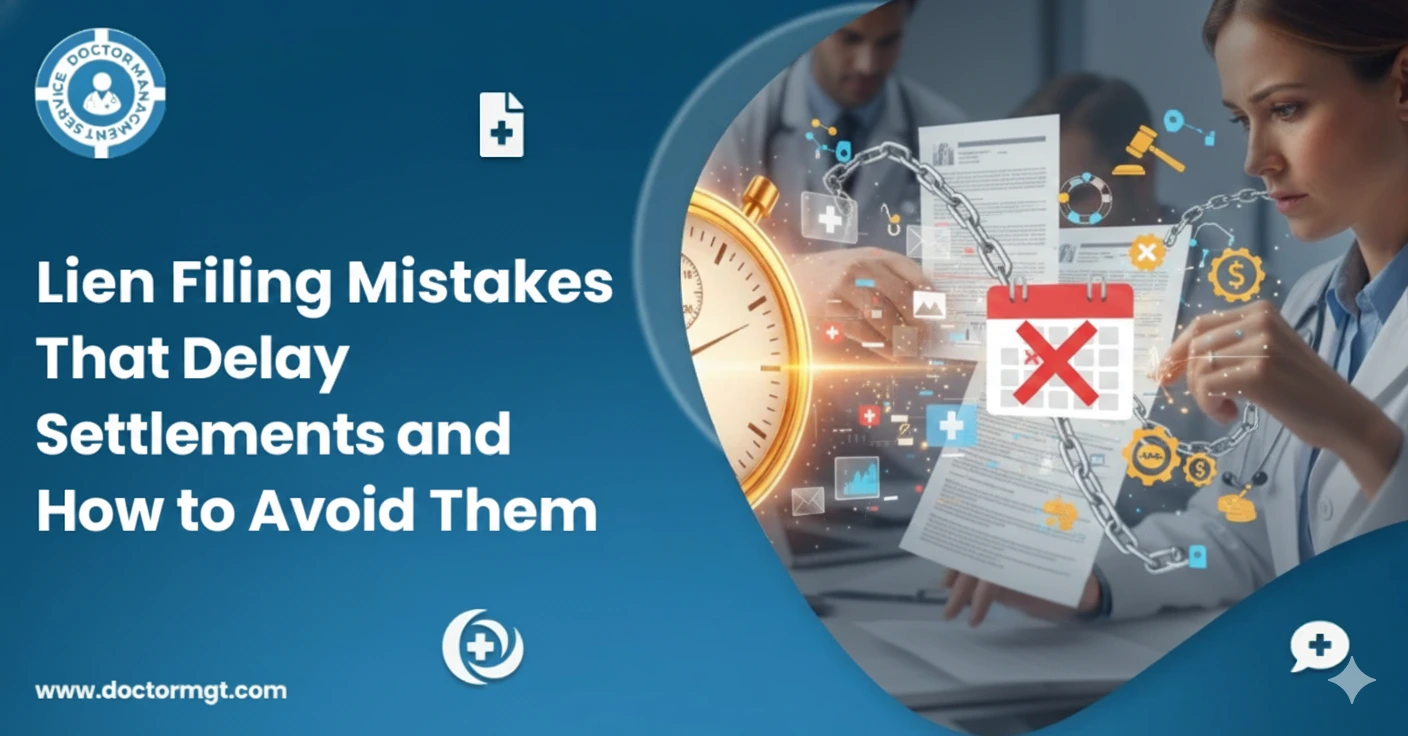When receiving medical reimbursement following a personal injury settlement, healthcare providers may feel that medical liens are a massive crossword puzzle to solve. Getting reimbursement for your bills when a patient has settled or gotten a court award is a critical, though not always easy, thing to do.
This blog will cut through the confusion surrounding the handling of medical bills after settlement and provide tips to guide you on how to approach medical liens. No matter if you are a physician, hospital administrator, or any health care worker, understanding these strategies is no less than safeguarding your own self-interests; it also means receiving deserving and rightful remuneration for the services that have been rendered.
Negotiating Medical Liens After Settlement
Medical liens are one of the last hurdles that are negotiated when a personal injury case is settled. These liens are in fact subrogation claims against the settlement monies to ensure that the medical expenses are covered by the settlement amount.
Let’s break down how this negotiation works and what a healthcare provider needs to know.
What Are Medical Liens?
In essence, medical liens are a kind of guarantee that the healthcare providers will be paid for the services they have rendered. If a patient is injured, and he or she gets treatment, you can place a lien on the compensation that he or she gets from the litigation or settlement. These liens can be statutory or created out of contract.
1. Statutory Liens: These are governed by state laws and may have specific rules about how they are prioritized and paid.
2. Contractual Liens: These come from agreements made between you and the patient, often outlined in treatment contracts or insurance policies.
The Negotiation Process
The art of negotiating medical liens is as challenging for healthcare providers. Here’s how you can tackle it:
1. Verify the Details: The first step that one has to take is to read through the whole medical lien very closely. As its name suggests, verify the billed amounts and guarantee all the reported services were rendered and are correct as billed. If there are disparities or billing issues, these could be good bargaining points.
2. Assess the Validity It is important to note that not all lien is simple. Ensure that the lien has legal and contractual propriety. It is however important to note that some statutory liens are limited by the amount that they can be claimed and there could be instances where contractual lien can be claimed at a lower percentage.
3. Negotiate the Amount: Once you’ve verified the lien, you can start negotiating. This normally involves engaging the lien holder to negotiate for a smaller amount that the professional has billed. The objective here is to come up with a middle ground that recognizes the worth of the services you provided while allowing the majority of the share for the aggrieved party.
4. Document the Agreement: After negotiations, ensure that all agreements are recorded accurately. These include any reduction or variation of the lien amount. Contract documentation is vital as it allows all the concerned individuals to stay informed and any misunderstandings in the future will be avoided.
Legal and Ethical Considerations
Legal and ethical considerations apply when dealing with medical lien negotiations. Some of the states have laws governing how much of a settlement can paid out for medical liens. It is important to be acquainted with such regulations to avoid operating a vessel in a manner that violates the law.
Ethics also play a significant role. Make the negotiation process clear to both parties and avoid any bias. Proper communication with stakeholders is useful in building trust and ensuring that there are no issues that might create conflict.
The Role of Personal Injury Collection Services
If managing multiple liens seems challenging, there is always the help of personal injury lien collection services. These professionals deal with the challenges and complexities of lien management and negotiation, thus making the entire process quicker.
Using such services can enable one to save time and at the same time, the process of lien collection may be less involved than doing it personally.
Best Practices for Healthcare Providers
To make the most out of lien negotiations, here are a few tips:
Keep Accurate Records
Documentation of the services rendered as well as the amount charged for each service is very important. It also assists in proving lien amounts and works in your favor during your negotiation processes.
Respond Promptly
It is necessary to communicate with attorneys and lien negotiators regularly and without delay. Such delays will only serve to try and frustrate the process and thus impact the type of settlement given.
Seek Professional Advice
Perhaps it can be wise to seek the services of legal advisors or lien negotiators. They can assist you avoid mistakes, give valuable tips when starting a negotiation, and reach a more advantageous outcome.
Ending Note
Settling medical expenses with personal injury amounts is not a very difficult task at all. So, by recognizing the fundamentals of medical liens and adhering to best practices, one can adequately coordinate with them.
Proper documentation, quick replies, and professional personal injury lien collections support can go a long way. In this way, you guarantee that for the services you offer, you will be paid an appropriate amount while making the settlement process for your patients less hectic.
Here is more information: prp cpt code







